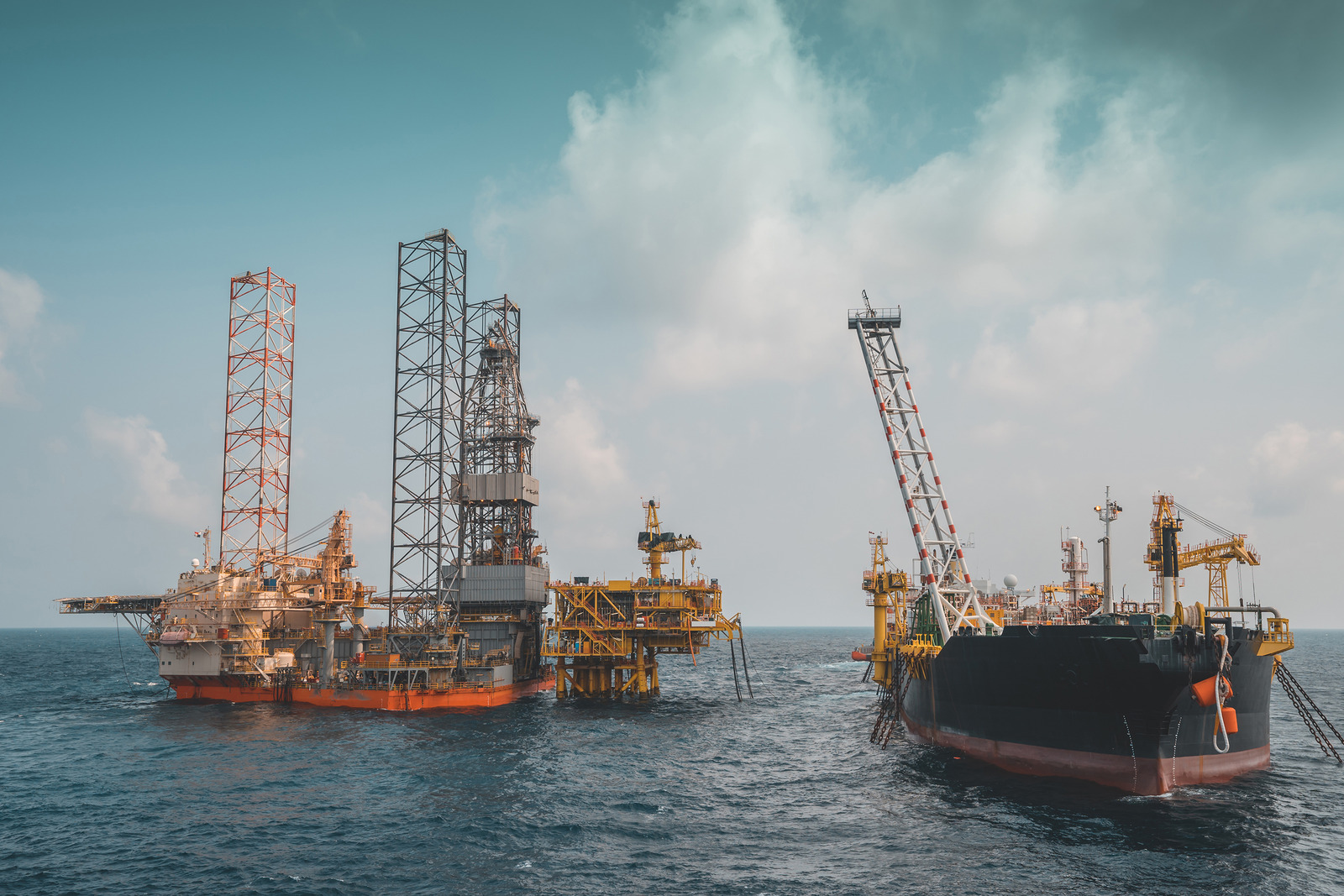Absence of regulatory mandate means safety and financial benefits of structural health monitoring systems are not being realised, writes Niklas Hallgren, CEO, Light Structures
Structural health monitoring (SHM) has the potential to revolutionise maritime safety by enabling real-time insight into vessel integrity, yet comprehensive regulations mandating these systems are conspicuously absent. Regulations and classification have largely remained focused on traditional design and construction standards, assuming that once a vessel meets these initial requirements, it will stay reliable without further attention.
This mindset is partly rooted in historical priorities. Maritime regulations have typically concentrated on the integrity of ships at the moment of construction rather than throughout their operational lifecycle. Shipbuilders and owners have leaned heavily on periodic inspections to identify potential issues – even today using the manual labour heavy process of walking around the vessel with a hammer to listen to the sound it makes when hit. However, the dynamic and often harsh conditions vessels endure throughout their lives challenge the adequacy of the approach. Continuous monitoring offers the kind of safety net that could proactively prevent failures rather than simply reacting to them after they occur.
The lack of regulatory mandate means that the safety and financial benefits of SHM systems are not being realised. Class societies like DNV, BV and ABS have set some standards for monitoring, such as the HMON (Hull Monitoring) classification, but these requirements are minimal – often involving just a few sensors that do not fully capture the nuances of larger, more complex vessel structures. More extensive systems, such as those needed for FPSOs, ultra-large tankers or container ships, offshore supply vessels or naval ships, have been left outside the scope of these existing standards.
The slow adoption of SHM regulations is influenced by inherent complexities in developing universal standards. Efforts have been ongoing since 2016 to enhance monitoring standards, particularly for larger vessels and new builds but there has been limited progress due to the extensive process of reaching consensus among stakeholders and overcoming the inertia often found in regulatory environments. These delays, while understandable given the scope and scale of the maritime industry, leave significant gaps in proactive safety measures.
Yet, the case for regulations is growing more compelling as our understanding of structural health monitoring advances. SHM systems, by providing real-time data, allow owners and operators to detect issues that might not be visible during routine inspections – subtle shifts, changes in strain, or early-stage cracking. Such insights are invaluable not only for preventing catastrophic incidents but also for optimising maintenance schedules, thus extending the operational lifespan of these vessels. Rather than seeing SHM as an added cost, the industry would benefit from recognising it as an investment in the reliability, longevity, and safety of their assets.
Regulatory standards would play a crucial role in ensuring a level playing field. Currently, it is up to vessel owners to decide whether or not to implement monitoring systems, leading to inconsistencies in safety and maintenance practices across the industry. We expect that class societies will drive a shift in focus – from merely meeting baseline construction standards through existing certification to safeguarding more complex vessels throughout their operational lifecycle. This shift would align well with the future trajectory of maritime operations, especially as the industry looks to smart technologies to create safer, more resilient shipping solutions.
The absence of comprehensive SHM regulations reflects a focus on short-term considerations, yet the evolving needs of modern maritime operations and the technological advancements available today make a strong case for change. Establishing wider regulations could foster a more resilient industry, one better equipped to prevent disasters and maximise the potential of its assets.

Niklas Hallgren




